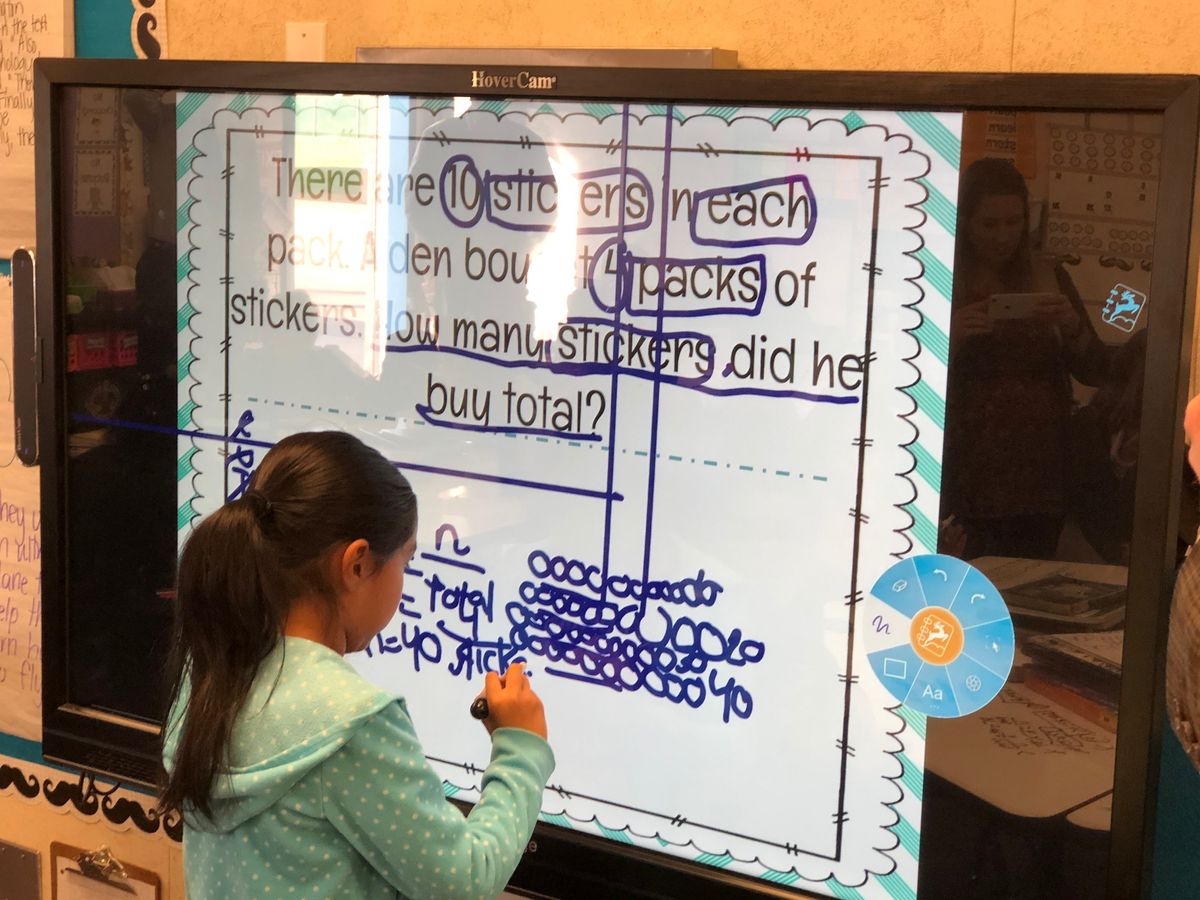A fundamental shift is taking place in education. Beginning with the introduction of personal computers to the classroom a few decades ago, the modern hardware revolution is reimagining learning, bringing innovations including document cameras, interactive whiteboards, and now mobile appliances. Device proliferation has created digital chaos for teachers, however, who are now tasked with managing a wide range of technological components and then teaching us to use them to achieve results.
Adding to the muddle is the realization that the best learning doesn’t happen via the traditional stage-on-stage model, where the teacher instructs at the front of the classroom and students sit passively and learn. Instead, the best classroom models facilitate a flexible learning environment in which students can learn at their own pace, interact in small groups, feel more capable and comfortable giving feedback, and flex their problem-solving muscles. For educators and administrators, these models provide more time to interact with and assess the skills of each student.
One of the biggest goals for schools today is to become 1:1, with one device for every student. Right now, however, the 1:1 digital classroom is still a messy collection of disparate components joined together by a hodgepodge of cables and complex infrastructures that make teaching challenging.
A successful 1:1 program requires more than simply getting devices in hand; the program must also facilitate one-on-one learning opportunities. That demands a software solution that is on par with a 1:1 initiative, unifying all those devices in a cohesive way. Few companies have attempted to streamline this process, which has placed the responsibility and burden on the staff. They have to learn how to use, manage, and leverage these devices in a valuable way—often robbing them of critical instructional time. To be able to command the 21st century classroom, educators require software designed especially for teachers and students that creates a comprehensive and centralized ecosystem that brings these disparate components together.
Another challenge is providing individualized attention. Traditionally, if a student wanted to ask a question or give feedback, or the teacher wanted to survey the class, students had to raise their hands. In a 30-pupil class, there might be kids who aren’t comfortable with such a large audience, or there simply might not be enough time for everyone to participate. When a digital device is paired with a centralized software solution, that gap can be filled, allowing students to give their feedback digitally and for an instructor to glean data and make quick evaluations of the entire class. For example, following a digital quiz, the instructor can see scores immediately, identify areas where students need additional help, and possibly break the class into smaller groups based on proficiency. This not only provides an opportunity to work on a more personal scale but also is a way to gather further insight into each student’s knowledge of the material.
With a new approach to classroom and device management software, learning activities don’t have to stop in the classroom. With cloud-based learning becoming the norm, the software can enable and track independent work and facilitate interaction digitally even when students are elsewhere. In this way, software that is adaptable to the model of teaching both in and outside the classroom can help meet students where they are and develop a clear pathway to success.
The digital classroom is still in its infancy. At its core, the classroom enables critical face-to-face time with teachers and peers. As that environment becomes more technology-driven and those technologies empower more innovative learning models, the goal is to get students to research better and learn better, piquing their curiosity and enhancing their mastery of knowledge that they can then apply to becoming productive citizens who contribute to society by solving real-world problems.
The past decade has been spent getting the best audio and video technology into classrooms so students can see, hear, and ultimately learn better. But they also need to interact better, which means perfecting audio and video even more and addressing the teaching and learning process in a comprehensive and centralized way. Conventionally, that process has been linear from end to end: teachers prepare lessons, deliver the lessons to the classroom, assign homework, give feedback, and make assessments.
With software that harnesses the power of the technology in room, that process can be broken up to encourage interaction and growth. For example, a teacher could start preparing by building a lesson that can be easily tailored to many smaller groups of students as appropriate for their level of proficiency. That content could be augmented using interactive flat screens, allowing students to make annotations directly on the device that can be saved, shared, and turned in to the teacher. With comprehensive and centralized systems in place, teachers can work on the fly, adapting to the needs of the classroom and leveraging the capabilities across their digital ecosystem without spending hours preparing or wasting valuable class time figuring out how to make everything work together.
[Bringing AI Into Classroom AV Design]
More improvements are on the horizon. For example, advances in artificial intelligence might automate some of the grading process, cutting down the considerable time spent on that workload and providing more time to develop new content. Another focus will be on tools that enable individualized learning navigation, like a Google roadmap for student learning. Digital cloud-based technology with capabilities that allow teachers to cut through the chaos and complexity of the digital classroom will usher in the next era of learning success.




